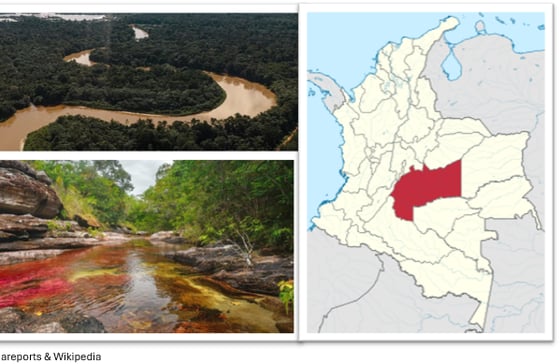Comparing Global Forest Cover Sources in R: A Case Study in Meta, Colombia
Forests play a crucial role in biodiversity conservation, carbon sequestration, and climate regulation. However, different sources of forest cover data can yield varying results, affecting land-use decisions and conservation efforts. In this post, we compare two widely used forest cover datasets: Global Forest Watch (GFW) and Hansen's Global Forest Change (GFC), using R to analyze their differences over Meta, Colombia.
By Fabio Castro
3/18/2025
Data Sources
We used two key datasets:
Global Forest Watch (GFW) – Available from Global Forest Watch, this dataset provides annual forest cover and loss information derived from multiple remote sensing sources.
Hansen Global Forest Change (GFC) – A dataset produced by Hansen et al., available in Google Earth Engine (GEE) (Hansen GFC). It provides high-resolution forest cover change detection from 2000 to 2023.
Case Study: Forest Cover Analysis in Meta, Colombia
Meta is an ecologically significant region in Colombia, home to extensive forests. We analyzed the spatial distribution of forest cover using both datasets to assess discrepancies and similarities.
Data Extraction and Processing
We downloaded the Global Forest Watch raster data for Meta and extracted Hansen's forest cover from Google Earth Engine using the UMD/hansen/global_forest_change_2023_v1_11 dataset. The extraction was performed using the Meta administrative boundary. Download all data for the tutorial here (55.3 MB)
Steps in R:
Preprocess both datasets: Ensure the same projection and resolution.
Clip the data to Meta’s boundary.
Reclassify forest cover categories for comparability.
Calculate area statistics for each category.


You can also visit Fabio´s Youtube channel here
Thank you for reading! Don't forget to share this post with someone who might find it useful :)


